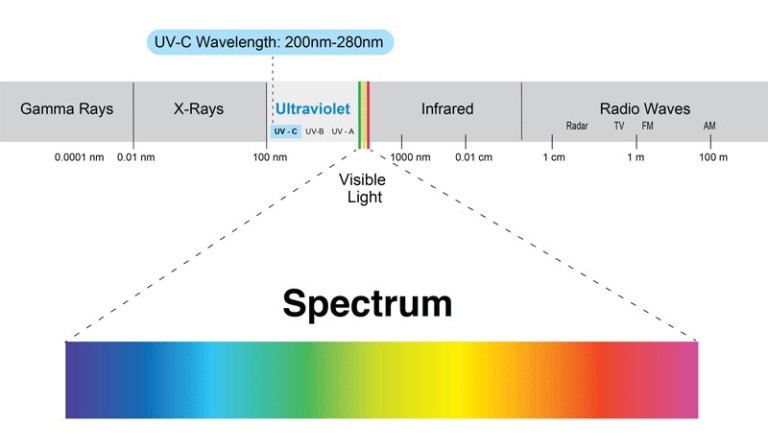UVC lamps or germicidal lamps are proven to disinfect nonporous surface as well as air and water. UVC radiation has been used for decades to kill mold, fungus, bacteria and viruses.
UVC wavelengths are between 200 and 280nm, which makes them germicidal – meaning they are capable of inactivating microorganisms, such as bacteria, viruses and protozoa. This quality makes UVC energy an effective, environmentally-friendly and chemical-free way to prevent microorganisms from replicating in any environment, specifically in Hospitality & Retail.
